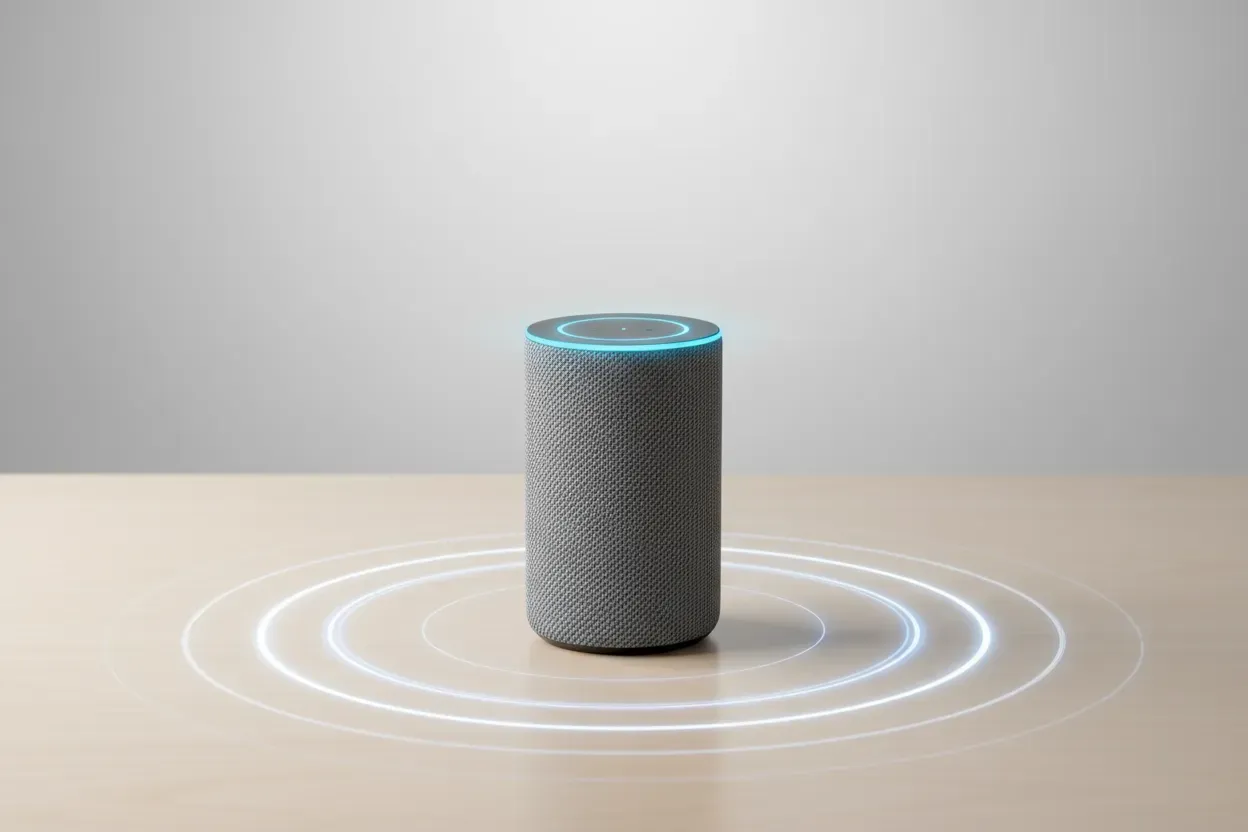Maintaining good indoor air quality (IAQ) in schools is essential for student health, cognitive function, and academic success. With advancements in technology, schools can now monitor and improve IAQ more effectively than ever.
According to Steve Fontaine, America’s indoor air quality expert and founder of IAQ Solutions and Consulting Inc., “Technology is the key to ensuring our classrooms have clean air. Schools that embrace modern IAQ solutions create healthier learning environments and set students up for success.”
Advancements in Air Quality Monitoring
Emerging sensor technologies are revolutionizing how schools monitor and manage indoor air quality (IAQ), enabling administrators to proactively safeguard student health and academic performance. Modern systems now track critical parameters like carbon dioxide (CO₂), particulate matter (PM2.5/PM10), volatile organic compounds (VOCs), and humidity through networked sensors that deliver real-time data to centralized dashboards.
For instance, Los Angeles Unified School District’s “Know Your Air Network” uses highly calibrated sensors that update air quality metrics every six minutes, allowing staff to restrict outdoor activities during pollution spikes via mobile alerts. Similarly, Boston Public Schools’ district-wide sensors monitor CO₂ levels alongside temperature and humidity, providing actionable insights to optimize HVAC performance.
Schools can integrate smart air quality sensors that provide instant feedback on IAQ levels. Research published in the Journal of Indoor Air Quality and Health found that real-time monitoring reduces pollutant exposure in classrooms by 30%.
Smart Ventilation Systems
Ventilation is a key factor in maintaining clean air in classrooms, and automated HVAC systems now help regulate airflow based on real-time IAQ data. These smart systems adjust ventilation rates automatically, ensuring that classrooms receive fresh air while keeping CO₂ levels low.
- Demand-Controlled Ventilation (DCV): Uses IAQ sensors to increase or decrease airflow based on occupancy levels and pollutant concentration.
- High-Efficiency HVAC Filters: Upgrading to MERV-13 or HEPA filters can significantly reduce airborne pollutants and allergens.
- UV-C Light Air Purifiers: Installed within HVAC systems, UV-C lights help neutralize bacteria, viruses, and mold spores.
According to Steve Fontaine, “Schools that use automated ventilation systems see lower absenteeism rates and improved student focus. Ensuring optimal airflow should be a priority for every school.”
Integrating Air Purification Technologies
In addition to ventilation improvements, many schools are incorporating advanced air purifiers to enhance IAQ. Some of the most effective solutions include:
- Best HEPA Air Purifier for Classroom: Designed to remove at least 99.97% of airborne particles, these are ideal for reducing allergens and pollutants.
- Electrostatic Air Cleaners: Use an electric charge to capture fine dust and airborne pathogens.
- Activated Carbon Filters and Best Air Filter for Classroom: Absorb VOCs, odors, and chemical emissions from classroom materials.
A recent study from the American Journal of Respiratory and Critical Care Medicine found that the use of HEPA filters for asthma in schools led to a 40% reduction in asthma-related symptoms among students.
Implementing IAQ Technology in Schools
To maximize the benefits of IAQ technology, schools should:
- Invest in Smart Air Quality Monitors: Devices that provide real-time tracking of pollutants and CO₂ levels.
- Upgrade HVAC Systems with Automated Ventilation and Air Filters for Classrooms: Smart controls improve airflow efficiency and reduce energy waste.
- Use the Best HEPA Air Purifiers for Classrooms: Helps filter fine particles and airborne contaminants.
- Train Staff on IAQ Best Practices: Ensures proper use and maintenance of air quality systems.
- Monitor Air Quality Regularly: Consistent evaluations help identify trends and prevent IAQ problems before they escalate.
By leveraging cutting-edge IAQ technology, schools can create healthier environments that support student well-being and academic achievement. With the right air quality monitoring systems, smart ventilation, and high-efficiency purification solutions, schools can significantly reduce airborne pollutants and improve classroom conditions.
As Steve Fontaine states, “The future of education depends on clean air. Schools that prioritize IAQ technology give their students the best chance to learn, grow, and succeed.”









